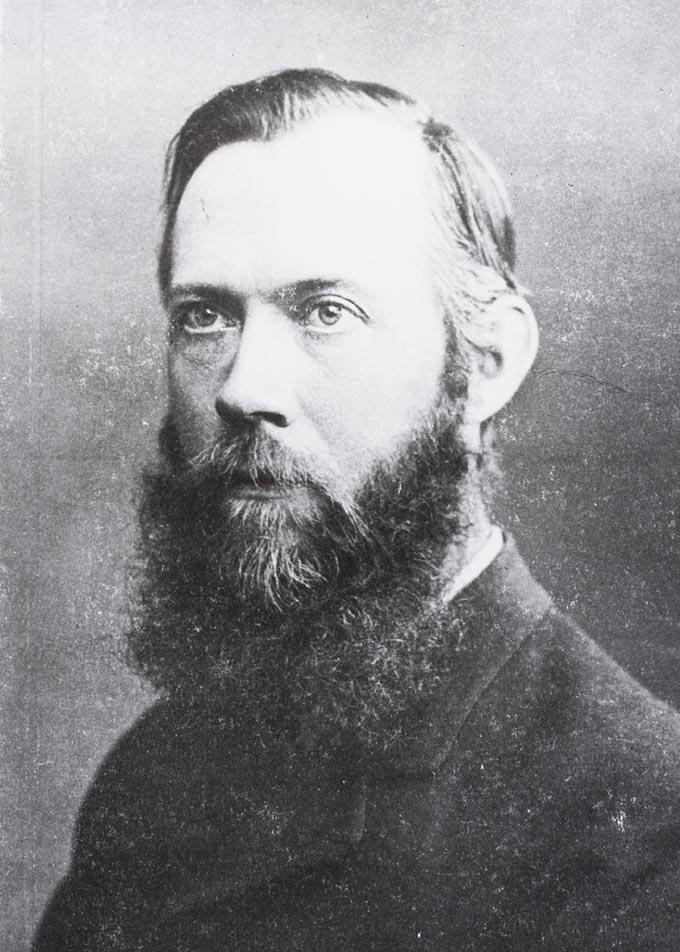So I´ve continued to read articles by Andrew Reynolds, who must have an interesting
academic position, since his research seems to combine the philosophy of science
with marine zoology. One of his articles on 19th century German
evolutionist Ernst Haeckel (no stranger to marine zoology himself) has the entertaining
title “Ernst Haeckel and the philosophy of sponges”, first published on the web
in 2019.
Sponges (Porifera) are classified as animals, but are extremely
primitive compared to more regular Animalia. Once it became clear to the
scientific community that sponges are *some* kind of animals (they react to
outer stimuli, they feed, they have sperm and ovum), studies of said creatures
became important to understand the early evolution of life.
The curious expression
“The Philosophy of Sponges” actually comes from Haeckel himself and is taken
from his three-volume work on calcareous sponges. Apparently it was in this
magnum opus the giant of evolutionary biology first proposed his controversial
thesis that “ontogeny recapitulates phylogeny”. He also attempted to prove
evolution empirically and specifically, not just lay out an argument in general
terms (as Darwin had already done). And yes, Haeckel also wanted to demonstrate
the truth of his “philosophy of monism” and pin down the exact place of humans
in the cosmos. Quite the agenda for a work on primordial invertebrates, but
there you go. In case you think the whole thing sounds very…I don´t know…*German*,
Romantic, Goethean, something, well yes, that´s probably it! Reynolds quotes William
Blake´s saying about seeing the universe in a grain of sand…
Since Reynolds knows his poriferan biology by heart, the article is
frankly hard to read, but it´s clear that “philosophy” for Haeckel encompassed
both scientific methodology and an entire worldview. But then, that was
probably how the word was often used at the time (compare Romantic
Naturphilosophie of earlier German generations). Haeckel emphasized that scientists
must do both rigorous empirical observations and theory-building, which sounds
obvious today, but probably was a relatively new idea at the time. Thus,
Haeckel and other scientists had to delineate themselves from both the overly-speculative
Naturphilosophen and equally over-empirical scientists who only catalogued long
lists of facts but never draw any theoretical conclusions from them (yes, this
was a thing – see “American Science in the Age of Jackson” by George H
Daniels).
Haeckel further wanted to provide what he called an “analytical” proof
for evolution as opposed to Darwin´s “synthetic” ditto (Haeckel used the terms differently
from Kant) by actually demonstrating an evolutionary lineage, rather than just
holding out the mere possibility of evolution being true. “Ontogeny recapitulates
phylogeny” and attempts to prove that sponges were analogous to a specific
stage in the development of animal embryos were all part of this program.
Haeckel was fascinated by sponges since some of them looked heavily transitional
between different groups. And if both human development in the womb and animal
evolution were subject to the same laws, Haeckel´s monist-materialist worldview
was also proven, since there was no need to postulate anything spiritual or
supernatural above these natural processes.
If Haeckel really succeeded is another matter entirely. It could be
argued that he was the last of the Naturphilosophen. His notorious illustrations
of embryos were “idealized” rather than strictly empirical, leading later generations
to accuse him of science fraud. A fact not mentioned by Reynolds is that
Haeckel´s monism has been interpreted as pantheist rather than materialist.
Reynolds does point out Haeckel´s lifelong fascination with Goethe, and suspects
that the German naturalist at bottom saw himself as an artist rather than a
scientist sensu stricto. Haeckel´s scientific theories were his artistic masterpieces,
and like all artists, he didn´t suffer criticism of his work lightly. Reynolds
ends with discussing the reception of the “philosophy of sponges”. Many contemporary
scientists were sharply critical of Haeckel, and it´s clear that he did make
major mistakes, such as assuming that colonies of several sponge species were
really one “transitional species”.
However, Reynolds also quotes modern scientists
who believe that some of Haeckel´s speculations about sponge or animal evolution
might not have been so wrong, after all. It´s also obvious that he had supporters
in his own day, as when the “Challenger” expedition hired him to analyze their
samples of – surprise – sponges.
With that, I end this
little expedition.






